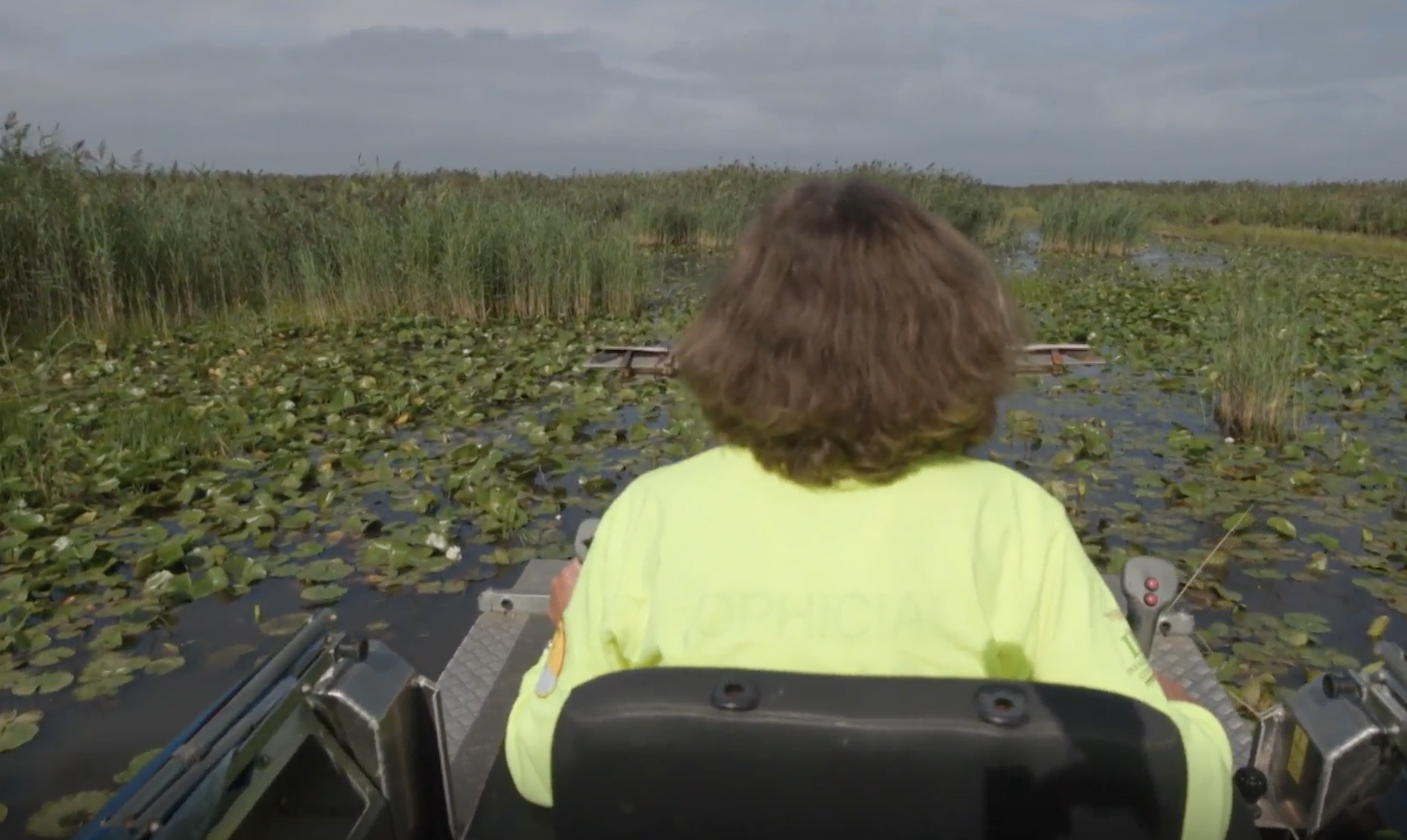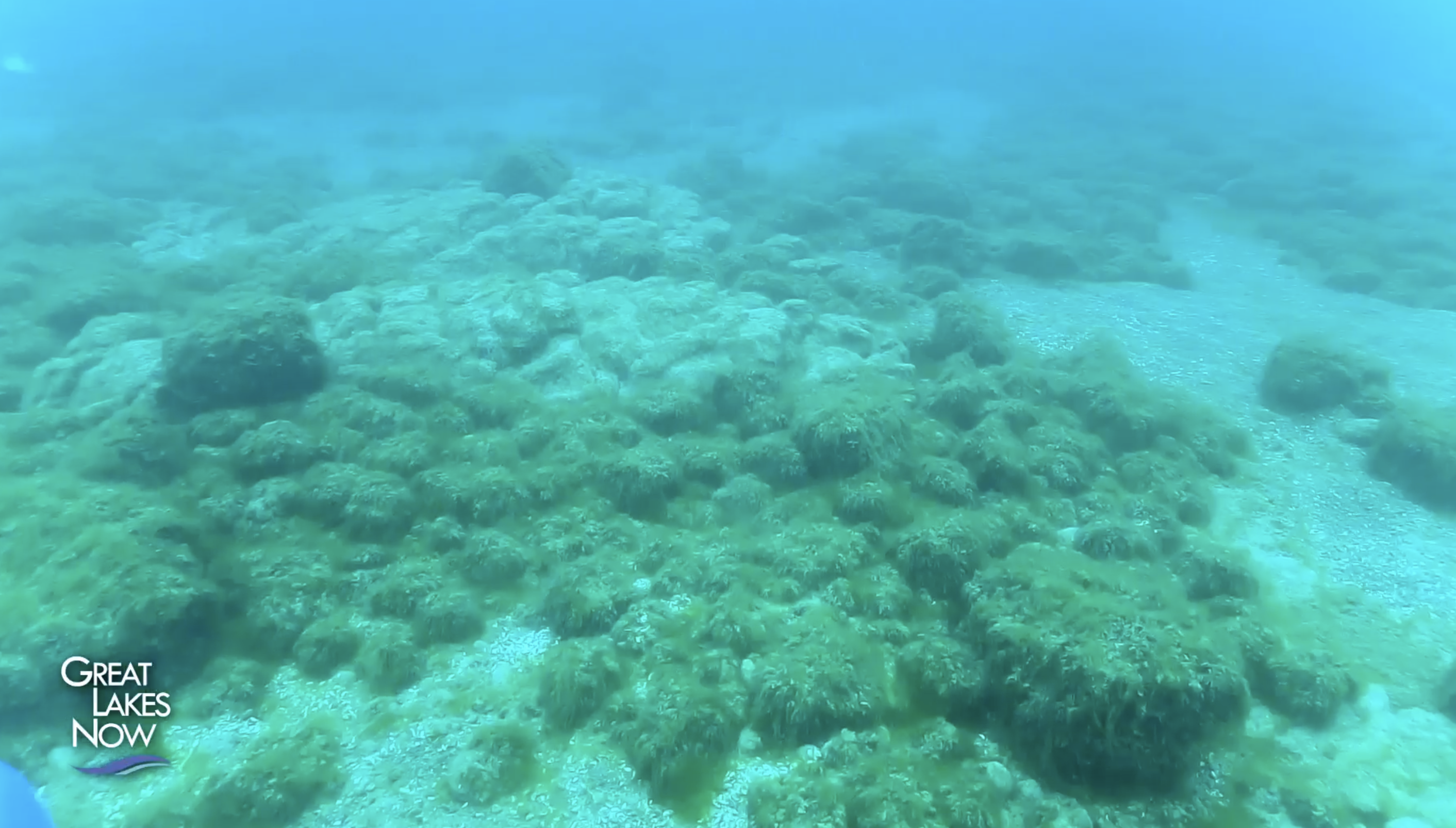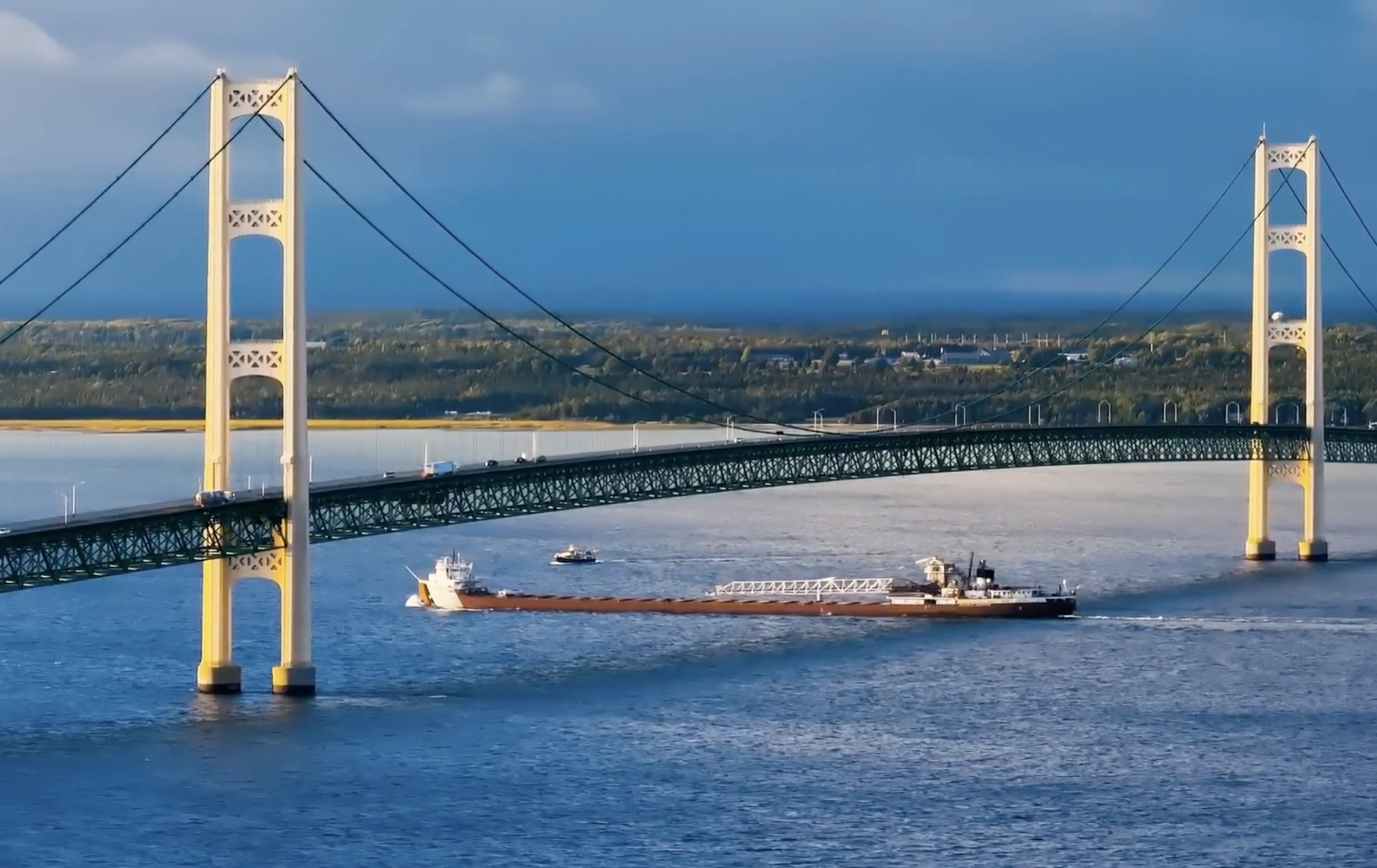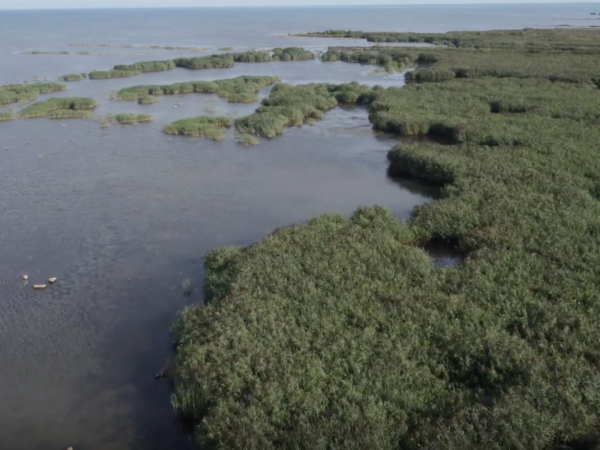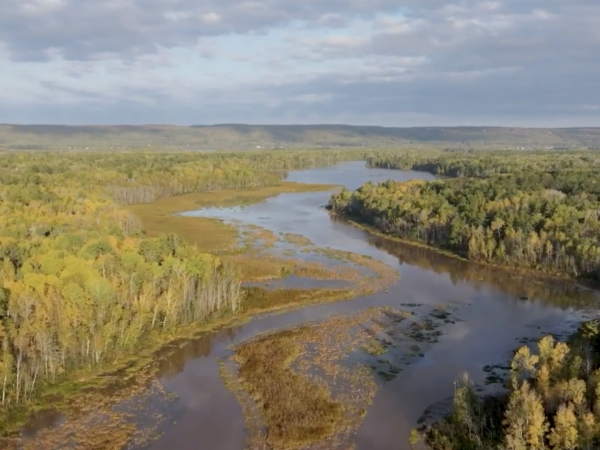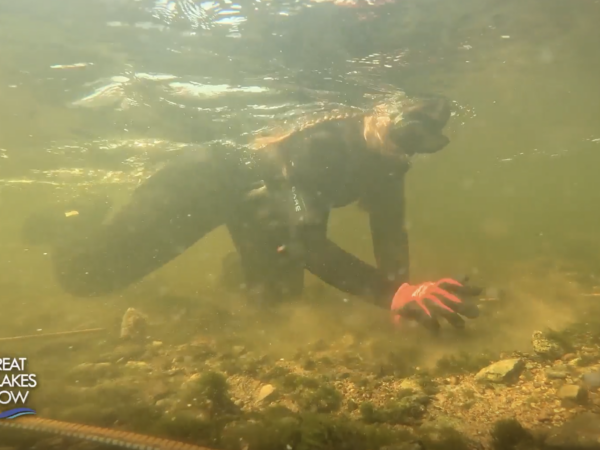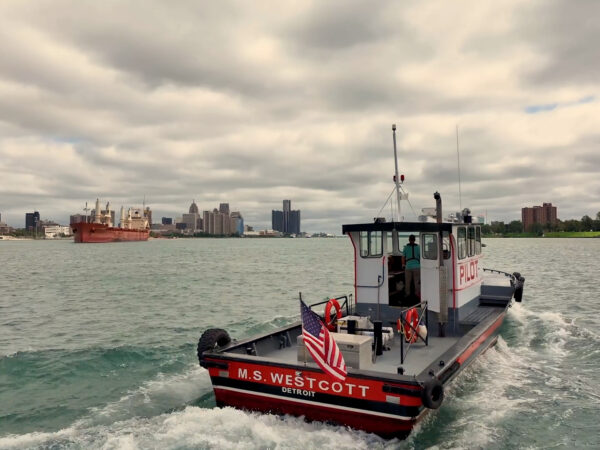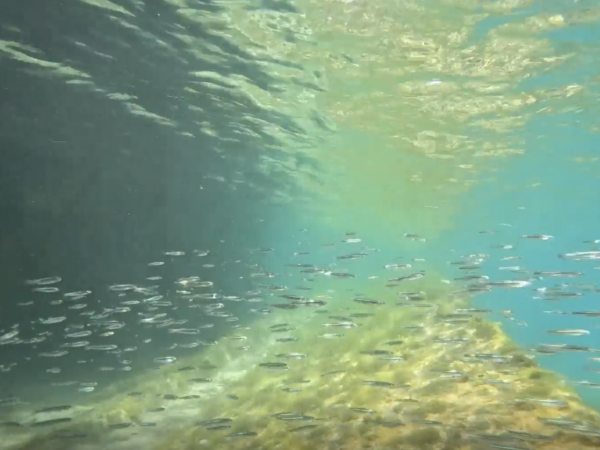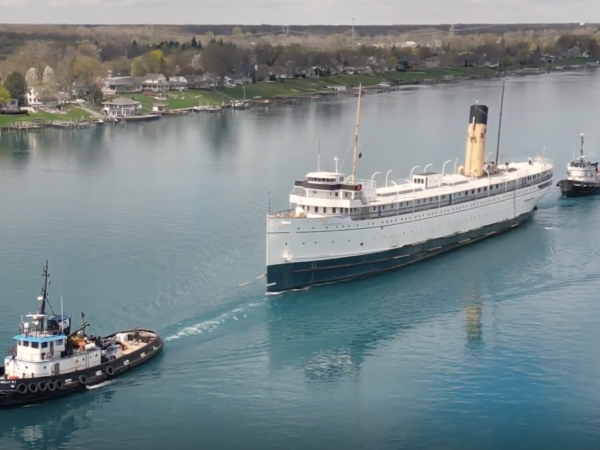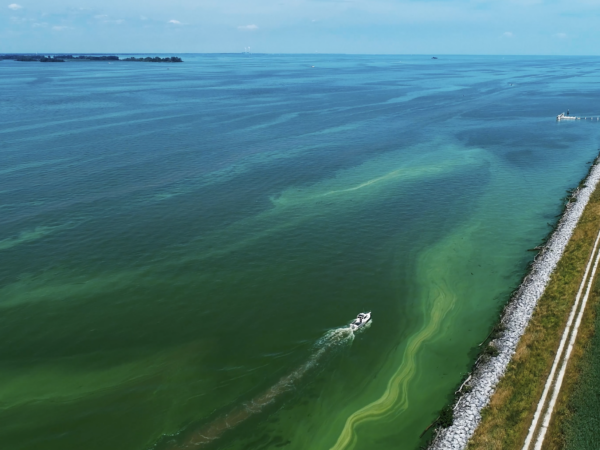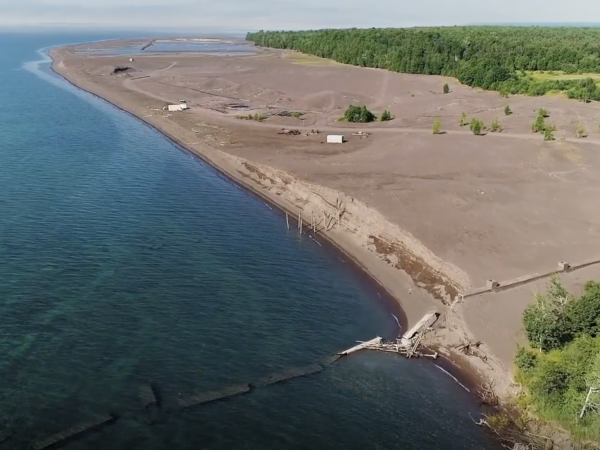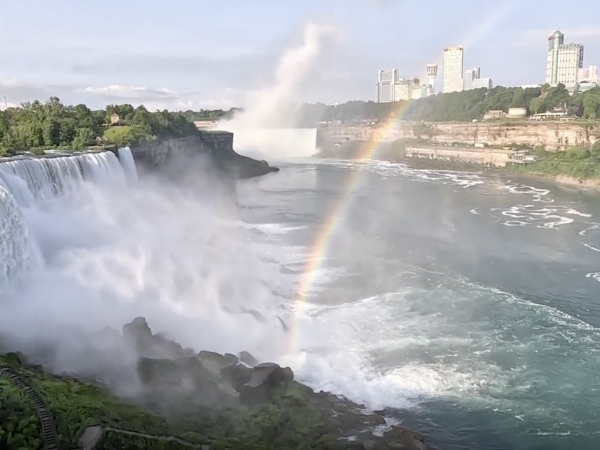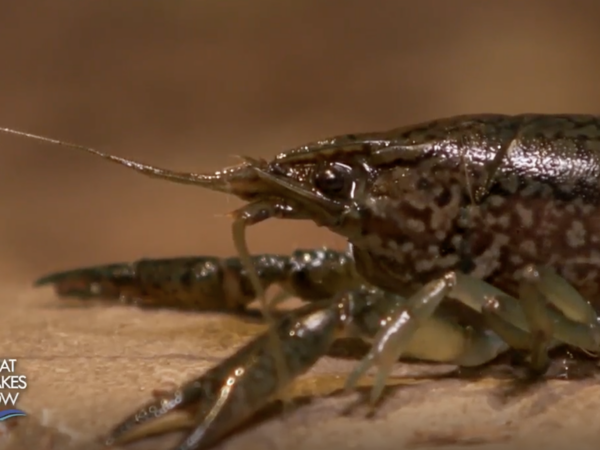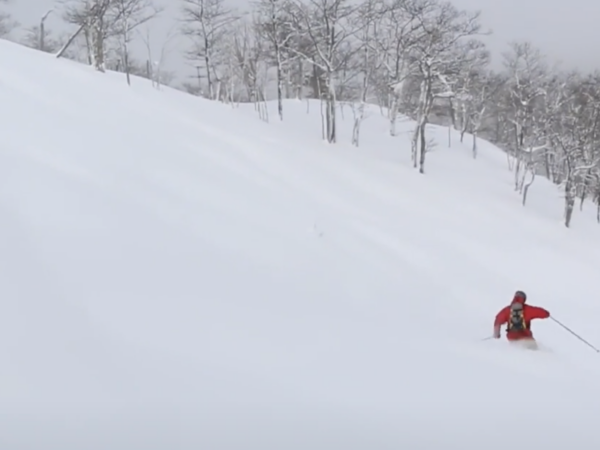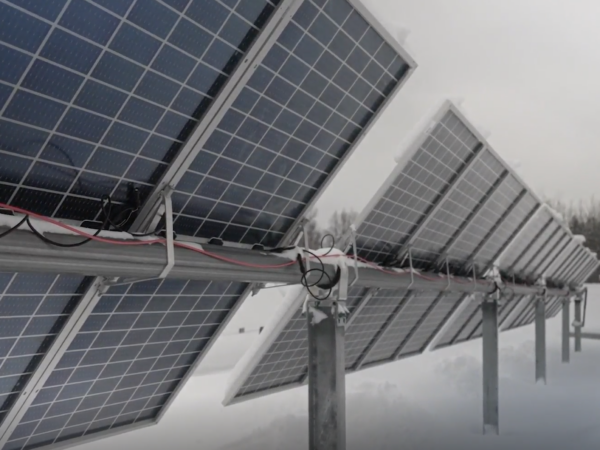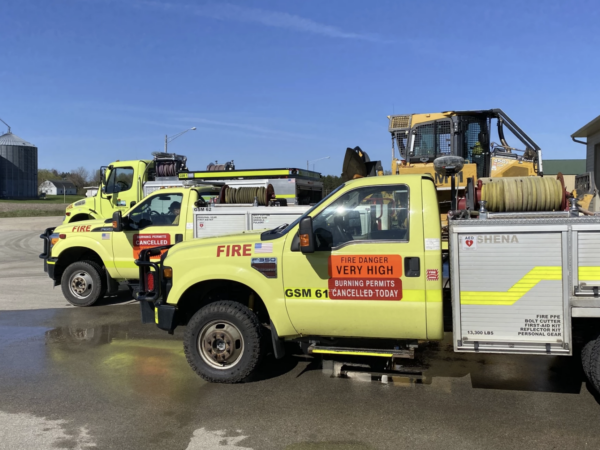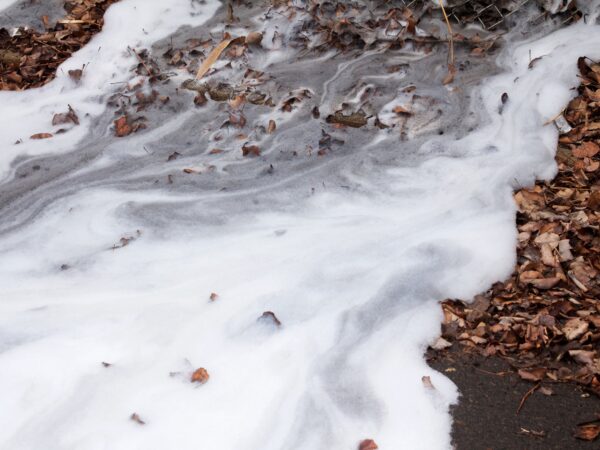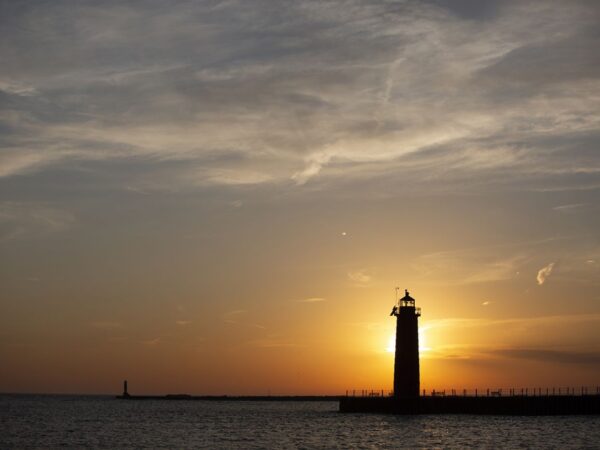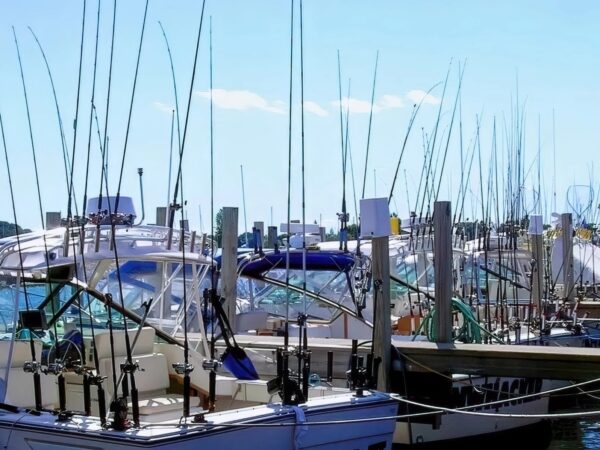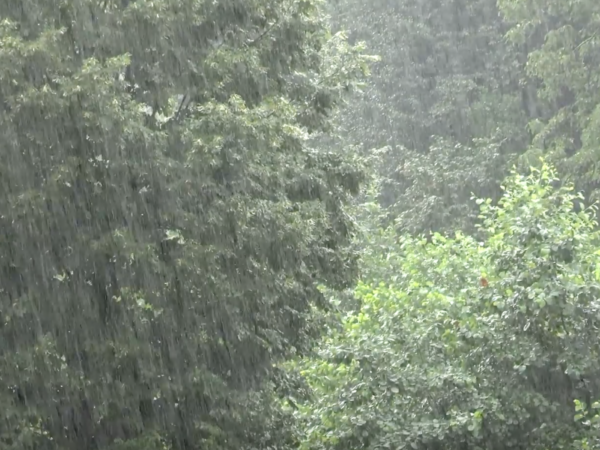IN THIS EPISODE:
In this episode of Great Lakes Now, fighting invasive phragmites on the Lake Huron shoreline, mapping the lake bottom and the things that live there and the future of the Great Lakes Restoration Initiative.
When to Watch?
Check your local station for when Great Lakes Now is on in your area.
Can these invasive reeds be stopped?
SEGMENT 1 | KETTLE AND STONY POINT FIRST NATION, ON; LAMBTON SHORES, ON
Invasive phragmites are overwhelming Ontario’s wetlands, choking out native plants and wildlife. Towering up to 15 feet (5 meters) tall and spreading in dense clusters, this plant outcompetes native species, disrupts ecosystems, and threatens wildlife. But a team of dedicated experts and community members are fighting back.
Wetland ecologist Janice Gilbert is leading efforts at Kettle and Stony Point First Nation to combat phragmites. As the executive director of the Invasive Phragmites Control Centre, she and her team employ methods like herbicide treatment, controlled burns, and the cut-to-drown technique to restore balance to affected habitats. First Nations leaders, including Danalynn Williams and Chief Kimberly Bressette, highlight the plant’s impact on cultural traditions, water access, and local fisheries. At the same time, Nancy Vidler’s Lambton Shores Phragmites Community Group has demonstrated that coordinated efforts can reclaim wetlands.
Is Great Lakes restoration funding on the chopping block?
SEGMENT 3 | GREAT LAKES BASIN
The Great Lakes, the world’s largest system of fresh surface water, supply drinking water to about 40 million people. But industrial pollution, agricultural runoff, and invasive species have caused significant problems. The Great Lakes Restoration Initiative (GLRI) was created to address these issues and has received bipartisan support since its inception.
Izzy Ross and JuanPablo Ramirez Franco, climate reporters at Interlochen Public Radio, WBEZ, and Grist, recently covered concerns about the GLRI’s future. The initiative has funded thousands of projects across the region to combat invasive species, improve water quality, and clean up toxic substances in the lakes. These efforts have brought significant environmental and economic benefits to the region.
During his first term, President Trump proposed cuts to the program multiple times, though Congress repeatedly rejected those proposals. In 2019, Trump reversed his stance, endorsing full funding for the GLRI. Now, with environmental programs increasingly under scrutiny in his second term, there’s is renewed uncertainty about the GLRI’s fate.


